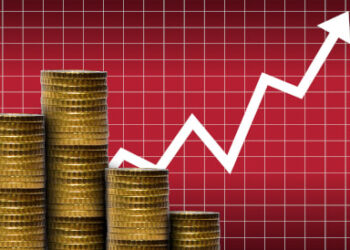Morningstar has been commenting on the ‘active share’ of fund managers under its coverage for the past four years and since the publication of a white paper on the topic.
‘Active share’ measures the active component of an investment portfolio in relation to an index. It is scored out of 100, and the higher the score the more active the approach has been.
An active share score of 80 means 80 per cent of the portfolio differs from the benchmark, according to Morningstar.
The firm’s director of manager research ratings, Tom Whitelaw, noted that in the pre-GFC period, average active manager shares were in the “mid to high 50s”.
“However, the market’s 2007 sell-off coincides with a sharp reduction in active share,” Mr Whitelaw said.
This phenomenon is “somewhat counter-intuitive”, he said.
“When certain sectors are under enormous pressure and stock prices are falling, fund managers decide to return to the herd.
“Those paying fees for active management would expect their fund managers to offer the same willingness to add benchmark-relative value in falling markets as they did in rising markets,” he said.
But this was clearly not the case, Mr Whitelaw said.
“It appears that portfolio managers in aggregate preferred to safeguard their relative returns instead of looking after the absolute asset values of their investors’ portfolios,” he said.
Morningstar’s research indicates there has not been a return to pre-GFC levels of activeness, according to Mr Whitelaw.
If anything, large-cap Australian equities managers have been moving closer to the benchmark, he said.
However, active share is not a good basis for predicting outperformance, Mr Whitelaw said.
“Managers with active share scores of below 40 will find it extremely hard to outperform the index and their peer groups after fees have been taken into account,” he said.
“In most instances, investors would be better off choosing cheaper passive or exchange-traded funds.”
At the other end of the spectrum, funds with active shares of above 60 have a tendency to be “extremely volatile”, he said.
“Our research has indicated that those strategies in the 40-60 range, in aggregate, have served investors best,” Mr Whitelaw said.
“They are active enough to be able to outperform after fees, but not too active that their volatility scares investors out at just the wrong time after a bout of poor performance.”







